2017 Nissan Rogue Hybrid Review

With the ever-increasing popularity of crossovers combined with the growing concern for the environment, the 2017 Nissan Rogue Hybrid seems like a no-brainer.
Consider, though, the relative failures that have plagued Nissan’s previous attempts at mild electrification in its popular people-movers. There were hybrid versions of both the Pathfinder and Murano, neither of which were greeted with rave reviews. To make matters worse, both were shelved after a year each on the market. What chance, then, does the Rogue have as a hybrid? And why now?
With Toyota launching a hybridized version of the segment-leading RAV4, the timing of the Rogue Hybrid couldn’t be better. It’s also based on Nissan’s most popular model and the third best-selling compact crossover on the market, giving it a fighting chance to stick around longer than its hybrid-powered predecessors.
Employing Electrons
Helping the Rogue’s cause is its 30-kilowatt electric motor that feeds and retrieves power from a lithium-ion battery pack mounted beneath the rear cargo compartment. That’s exactly double the size of the electric motor found in the hybrid versions of both the Pathfinder and Murano, with horsepower also doubling to 40 to go along with 118 lb-ft of torque.
Joining the electric motor is a 2.0-liter four-cylinder gas engine that makes 141 horsepower and 114 lb-ft of torque. Net system output — the amount of combined power produced — is a respectable 176 horsepower, slightly more than the 170 horsepower made by the 2.5-liter engine in the non-hybrid Rogue.
ALSO SEE: 2016 Toyota RAV4 Hybrid Review
The combination powertrain operates through the use of two clutches — one that’s mounted between the gas engine and continuously variable transmission, and the other between the engine and electric motor. The hybrid Rogue can run in pure electric mode at speeds as fast as 75 mph, or for two-minute bursts at 25 mph or slower.
Unlike the RAV4 Hybrid, the gasoline-electric Rogue is available in either front- or all-wheel-drive configurations, the latter a traditional mechanical system like the one available in the gas-powered version. With all-wheel drive along for the ride, the Rogue Hybrid’s estimated fuel economy numbers — 31 mpg in the city and 34 mpg on the highway — are the same as Toyota’s hybrid compact CUV. They’re also about 6 mpg better than the gas-powered Rogue around town, but only 2 mpg better on the highway.
FAST FACTS
| Engine: | 2.0L four-cylinder, 30-kW electric motor |
| Power: | 176 net system horsepower |
| Transmission: | Continuously-variable automatic |
| EPA Fuel Economy (MPG): | 33 city, 35 hwy (FWD); 31 city, 34 hwy (AWD) (est.) |
| US Price: | Starts at $28,000 (est.) |
Smooth Drive
Hopping in the gas-powered Rogue after spending the better part of the day in a hybrid model, the difference in drive performance was immediately apparent. The Rogue Hybrid drives much smoother and quieter, and features one of the most seamless partially electrified powertrains on the market. The hybrid is impressively quiet with either the gas engine or electric motor putting power down, with the only real indications of which drive mode it’s in the tachometer needle rising and falling and the EV light on the dash turning on and off.
ALSO SEE: We Drive the Nissan Rogue Warrior, the Most Badass Cure for the Winter Blues
It boasts a car-like drive that’s a little on the rigid side, while doing well to absorb bumps and twists with tremendous road manners. The Rogue Hybrid also has a little giddyup when it’s needed, with the extra dose of instant torque from the electric motor going a long way towards improving the Rogue’s response, while the regenerative brakes aren’t too grabby like so many others on the market. The continuously variable transmission also seems to suffer from less of the rubber band effect than the transmission in the gas model, and offers much more smooth and linear acceleration.
Sacrificed Space
The Rogue Hybrid’s rear-mounted battery pack means the third-row seating offered in the gas version is relegated to the scrap heap, while it also cuts into cargo capacity. With the second row of seats upright, the hybrid offers 27.3 cu-ft of cargo room, slightly less than the 32 cu-ft in the non-hybrid model. Likewise, volume with the rear seats folded grows to 61.4 cu-ft, substantially less than the 70 cu-ft of space in the gas-powered Rogue. Passenger room in the second row is unchanged, with the same 37.9 inches of legroom.
Helping make up for some of the lost cargo capacity is the small under-floor storage bin that provides enough space to store smaller items away from prying eyes. The Rogue Hybrid doesn’t, however, get the cargo management system that comes standard in two-row gas models.
Refined Rogue
Nissan struck gold when it launched the second-generation Rogue, with the compact crossover quickly working its way into the top five bestsellers in the segment. Stylish and versatile, the Rogue fit the mold of a pint-sized Pathfinder in every way, making the most of its diminutive dimensions to offer a spacious cabin and cargo area that only broadened its appeal. With almost the entire competitive set being recently overhauled in the pursuit of CUV supremacy, however, it was time for a makeover.
ALSO SEE: 2017 Ford Escape Review
Like its gas-powered sibling, the Rogue Hybrid receives slight styling tweaks both inside and out aimed at continued success in an increasingly competitive segment. In fact, very little sets the Rogue Hybrid apart from its gas-powered sibling. It gets a new version of Nissan’s signature V-motion grille, along with new bumpers front and rear, and new headlights. The cabin has also been spruced up, however slightly, while blind spot monitoring and rear cross traffic alert have been added to SV and SL trims, the only two the hybrid can be fitted with. New available safety features include adaptive cruise control, lane keep assist, and collision mitigation braking.
The Verdict: 2017 Nissan Rogue Hybrid
Nissan’s hoping the third time’s a charm when it comes to hybrid crossovers, and the automaker may be onto something with the new Rogue Hybrid. It drives great, but is a fuel economy rating that’s only slightly better than its gas-powered counterpart worth the price premium?
Assuming Nissan sticks to the same approach it did with the Pathfinder, where the move to a hybrid powertrain added about $3,000 to the price tag, the Rogue Hybrid will likely start somewhere around $28,000 for the SV and $33,000 for the SL. Like the gas-powered model, all-wheel drive will likely add $1,350 to the price of either, putting the Nissan well within range of the all-wheel drive-only RAV4 Hybrid. It also drives better than the non-hybrid model, while offering enough of a boost in efficiency to make it the best Rogue money can buy.
Discuss this story on our Nissan Forum
LOVE IT
- Smooth power delivery
- Refined design
LEAVE IT
- Meager fuel economy improvement
- Compromised cargo space
- No third-row seating

Dan is AutoGuide.com's Road Test Editor, a long-suffering Buffalo Bills fan, and a car guy since childhood. He enjoys long walks on the beach and long drives just about anywhere the road, track or trail will take him. You'll see him driving around evaluating cars and in front of a camera talking about them. Dan is a member of the World Car of the Year jury.
More by Dan Ilika



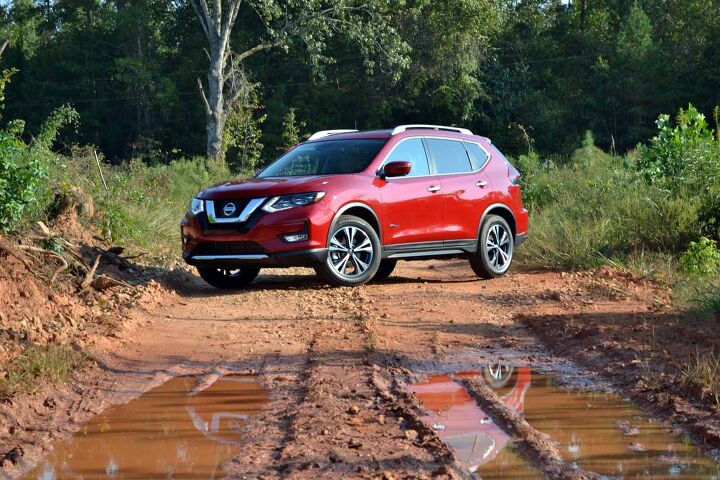

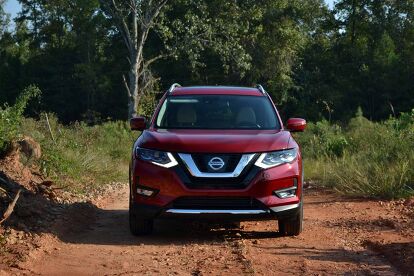








































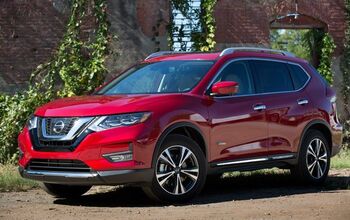
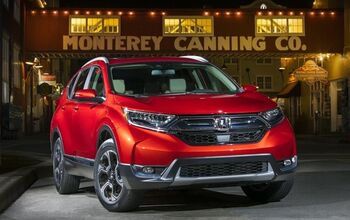
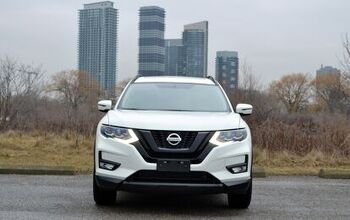
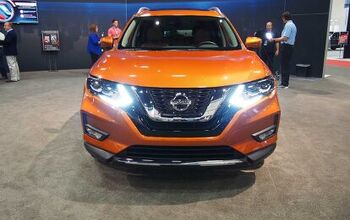

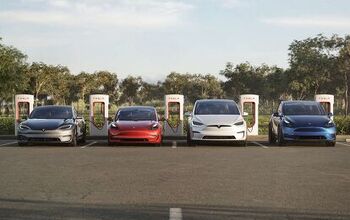
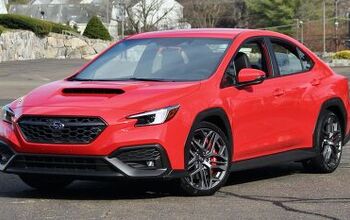

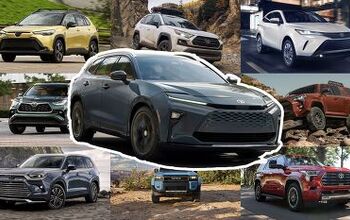

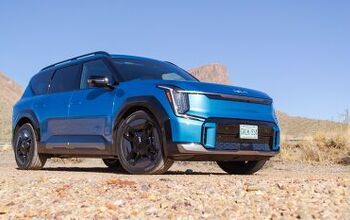

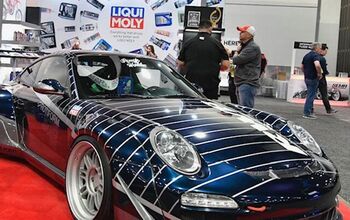
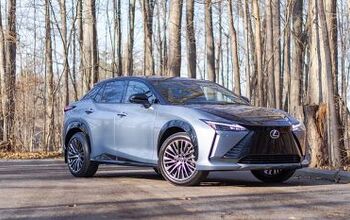

Comments
Join the conversation
if you actual did some research you would know they are not the same in MPG comparison. the city mpg for the rogue is 31, the city for the rav4 is 30 mPG, the rogue combined is 33 mpg, the rav 4 is 32 mpg.